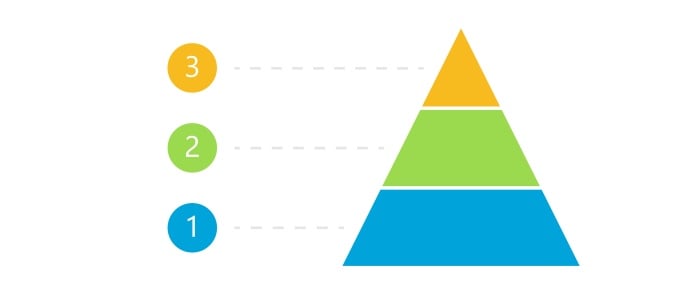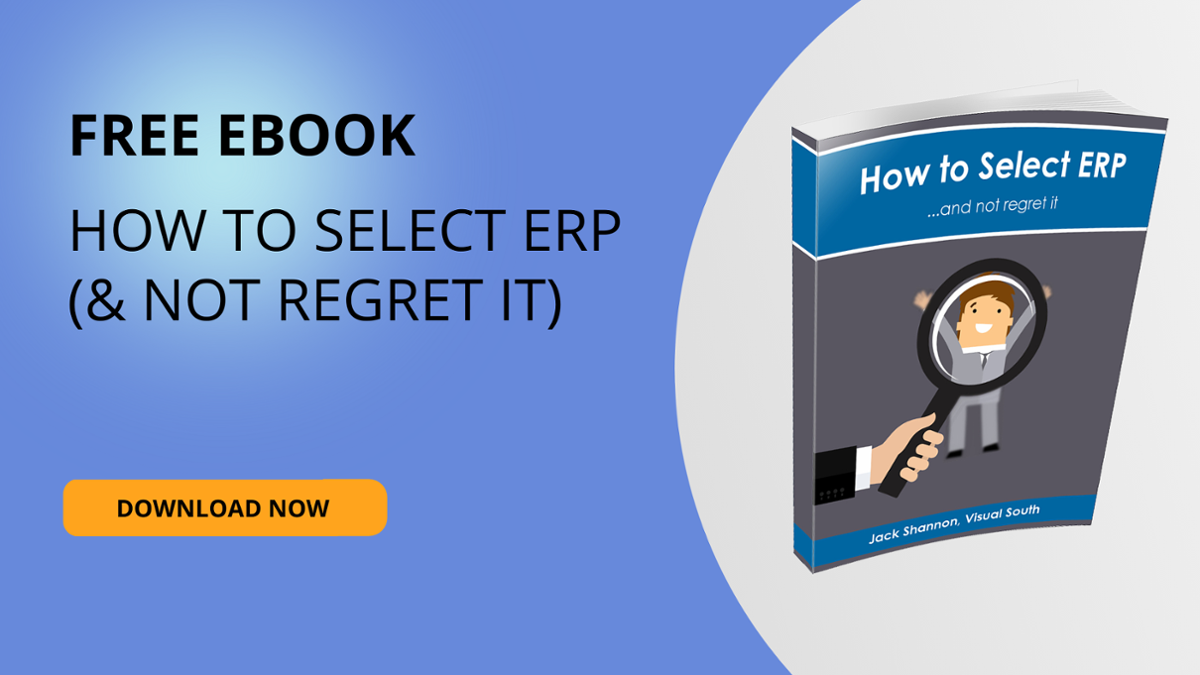Choosing between the types of ERP systems available
It can be an involved and complicated process for first-time evaluators to understand the types of ERP on the market and decide which meet the business requirements and objectives. There’s a significant research component when kicking off an ERP evaluation.
One primary issue is that it is exceptionally difficult to derive from ERP provider websites where their solution fits best and, more importantly, where it doesn’t. The marketing teams do an excellent job of painting with a broad brush on what the ERP can do; however, they don’t provide detail on the depth of functionality nor describe the usability of that functionality.
In this article, we’ll explain how a tiered system for the different types of ERP can help narrow down your options and choose the right solution for your business.
3 tiers of ERP systems
Traditionally, ERP systems are categorized into Tier 1, 2, or 3. We will review characteristics and players found in each of those spaces.
Types of ERP: Tier 1
Tier 1 ERP applications are positioned to meet the needs of companies generating more than $750 million in revenue. That number is not firm, but an accepted baseline. These are enterprise-level solutions. The organization needing a Tier 1 type of ERP system typically has thousands of employees, multiple national and international locations, different financial entities, and many operational complexities.
The usual ERP solutions seen in this category include SAP S/4HANA, Oracle Fusion, Microsoft Dynamics 365 (Finance and Operations), and Infor LN and Infor M3, as part of the Infor CloudSuite options. Those are the big four, plus there are other niche players.
The problem is these applications struggle to adapt to different environments, as one size truly does not fit all. For example, large companies using SAP may attempt to push it into a discrete manufacturing division. It is a challenge to simplify SAP S/4HANA so it can be easily used by lower-volume discrete manufacturers, versus a right-sized ERP application that is purpose-built for manufacturing. Tier 1 ERP solutions like SAP and Oracle are so complex that you must spend a lot of time configuring these applications for different environments due to the volume of functionality they provide.
Also, remember that the financial component or the CFO of the organization is prescribing these monolith ERPs to be able to measure operational and financial performance of the enterprise. Unfortunately, there are many sites and divisions that must suffer lack of efficiency for the greater good of the enterprise.
Is a Two-Tier ERP Strategy Right for You?
Of note, the introduction of two-tier ERP is something we’ve seen being adopted more and more where large companies use an industry specific ERP at the division level, and roll up to a Tier 1 ERP for financial consolidation. This strategy allows the divisions to use right-sized and vertically proficient applications, including Infor VISUAL and Infor SyteLine, and yet still roll up financial and performance data to the parent ERP, such as SAP or Oracle.
Types of ERP: Tier 2
Tier 2 is a crowded marketplace. Having so many players makes it exceedingly difficult for those trying to determine the best type of ERP for their business. Tier 2 solutions are usually suited for companies with revenue from $20 million up to $750 million. It is a noticeably big space. There is crossover of solutions capable of working at the Tier 1 and Tier 3 levels as well.
Leaders in this space include the Infor CloudSuites, Oracle NetSuite, Microsoft Dynamics 365, SYSPRO, Sage X3, and emerging ERPs such as Acumatica and Rootstock.
Many of these products have yet to scale north of $500 million in revenue, but that does not mean they are not capable.
Related: ERP for Mid-Sized Businesses
However, scalability, number of users, and revenue are indicators of fit as much as the ERP’s actual functionality. The ability to scale is often hardware related, and that has been effectively addressed by true multi-tenant cloud ERP providers like Infor and Oracle. Companies like SYSPRO and Epicor have solid functional applications, but are behind on the technology side, such as being a native browser-based application. This constrains them from offering multi-tenant cloud options.
Types of ERP: Tier 3
Tier 3 is also a crowded market space. The most popular option is QuickBooks because it is excellent at accounting functions. It is easy to use, many people already have experience using it, and it’s inexpensive. However, as smaller companies start to grow and have more demands in a manufacturing environment, QuickBooks rapidly starts to fall short.
There are other Tier 3 players that are remarkably successful at suiting companies with less than $20 million dollars in revenue, including E2 and its related product, JobBOSS. These products meet more advanced needs (in comparison to QuickBooks), but struggle to provide functional depth on the accounting side. In addition, they are limited from a functional footprint to address manufacturing specific requirements. Another option in the Tier 3 space is Global Shop, which offers more functionality, but is still limited on technological architecture and offers only single-tenant (hosted) cloud.
Confront the challenge
Understanding the types of ERPs available and which options are best for you is a challenge. Visual South has a wealth of knowledge available on this topic on our blog, and specifically in our Guide to Selecting ERP ebook and selecting a discrete manufacturing ERP article.
Additionally, we are happy to offer a free 30-minute consultation to help clarify the types of ERP systems, and advise on options that are appropriate for your business. Please reach out to schedule a free 30-minute consulting session.
You may also want to take time to search our blog and check out topics such as ERP Evolution: From Selection to Post Implementation Use, as there are many articles that educate about ERP, especially for varying manufacturing modes. For additional information, please visit www.visualsouth.com.







